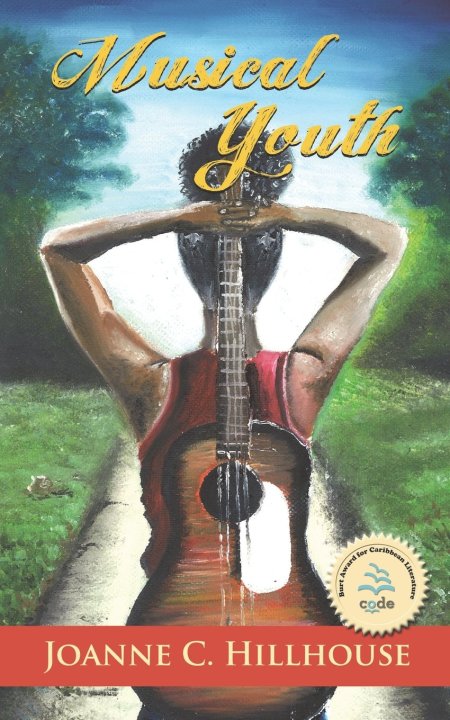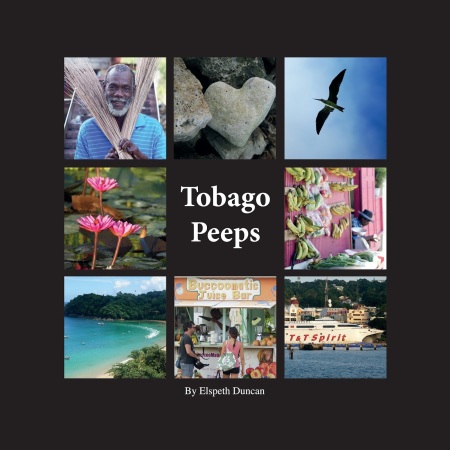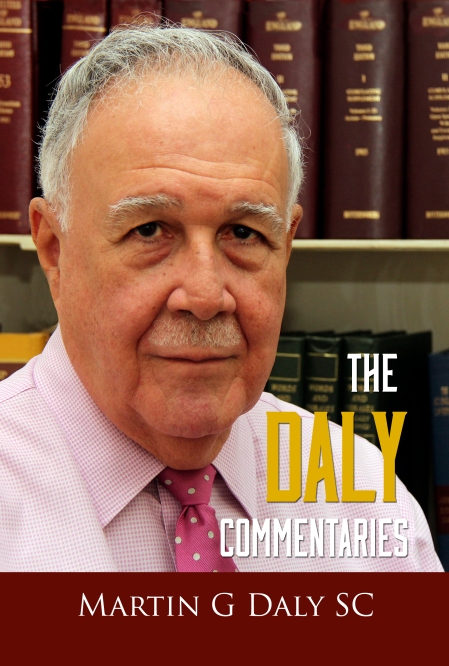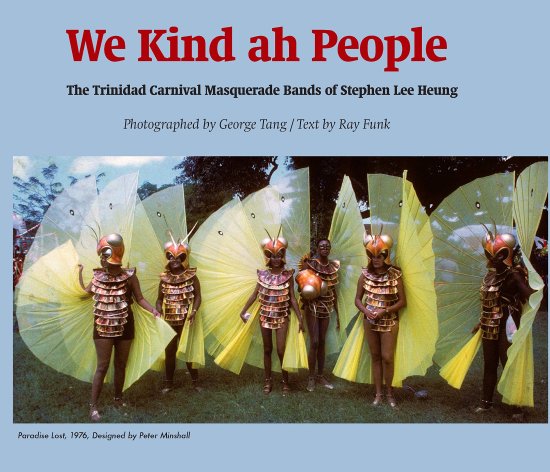by Shivanee Ramlochan, Paper Based Blogger

Peepal Tree Press, 2014.
Welcome to the 2015 Paper Based Advent Book Blog! The poems in our Day Nineteen selection brim and burst with a life that’s as curious about its next conquests as it is careful in the cataloguing of its girlhood, scraped-knee woes: Lauren K. Alleyne’s Difficult Fruit.
There is no one, conclusive way to map womanhood in the world’s fraught and scar-leavened sphere, but Alleyne’s verses strip their gloves off, plunging lyrical, sensual wrists deep into the business of navigating space as black, female, both bold and wary. Refusing to shy away from the horrors of trauma, the poetess’ subject is woman’s body, woman’s heart: her canvas is a map made for intrepid explorers — for readers who understand that so much of the daily fight is in the reclamation of small, earthen victories. Bravery manifests in the footsteps of a woman who reassembles her life in the aftermath of a rape, and a no less imperative fortitude, differently marshalled, resides in the triumph of a narrator, exulting in her body’s amplitude:
“In my dreams I am free of you –
I wear bikinis, do back flips, touch my toes;
but then I wake up wanting
to cram the world into my mouth
and let it fill you to bursting.
O, proud belly, you are the life-basket,
bearer of the thousand possible births.”
(from “Ode to the Belly”)
Trading from a full basket of free verse and conventionally metred forms, this first collection speaks candidly and courageously about endurance in courtrooms, cloisters and beneath cavernous skies. The accusers in these poems are a powder-wigged prosecution, rigging charges against hooded youths, or the indifferent and empyrean cosmos, staring down at each of us on our least defended, existential nights. Alleyne’s defense is vigorous, exultant living in the face of every despair.
We recommend it for: poetry devotees of Loretta Collins Klobah, Sharon Olds and Nikky Finney; fans of fiercely feminist verse that navigates both Trinidadian and international space; defenders of the downtrodden, social activists and freedom fighters of every stripe.









